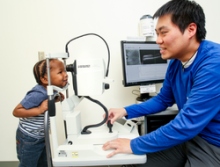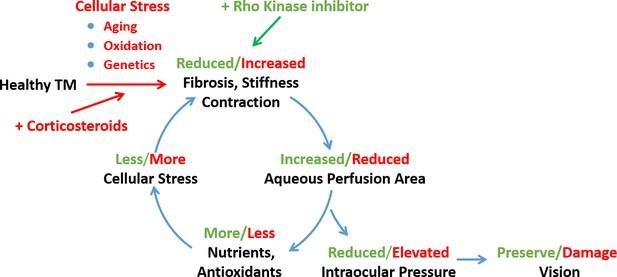Bench to Bedside and Back
Preserving and restoring sight for patients suffering blinding eye disease is the core of the Duke Ophthalmology research mission.
Duke Ophthalmology aims to discover important new knowledge about biology of the eye, gain better understanding about the causes, mechanisms, diagnosis and treatment of eye disorders, translate research innovations into new care modalities and to train the next generation of researchers.
Research at Duke Ophthalmology is by no means isolated in a single laboratory or subspecialty - it’s embedded in every patient visit. Truly “bench to bedside and back.” The central location of the largest multi-disciplinary Duke Eye Center clinic, the Albert Eye Reserach Institute, which houses research facilities, and proximity to Duke University campus allows a multi-dimensional, approach -- making Duke Eye Center an international leader in ophthalmic research.
There are two types of research which are inter-related and continuously in progress within Duke Ophthalmology.









